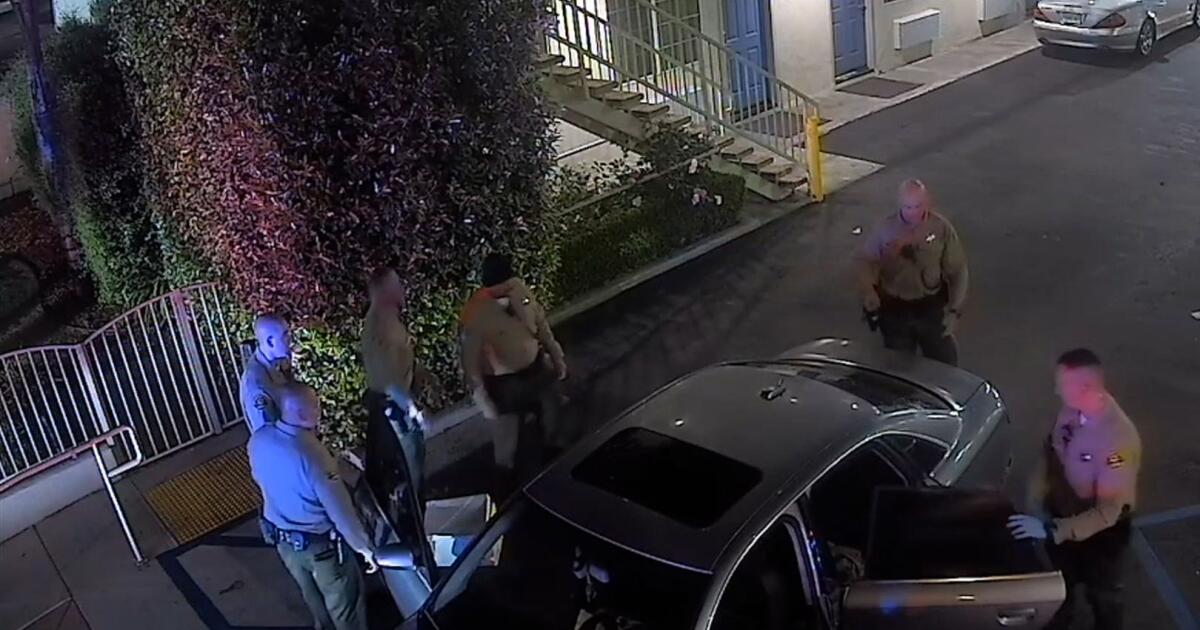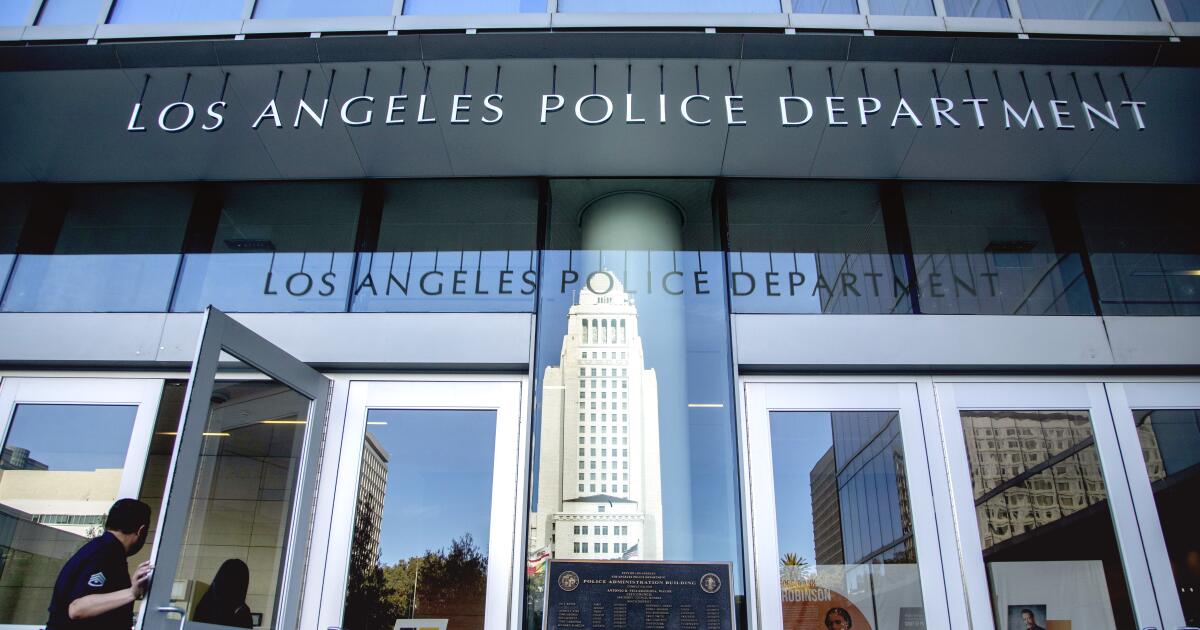Sign sad trombone.
Electronic safety messages like “Buckle up, windshields hurt” or “We'll be direct, don't drive high” will soon disappear from highways and highways.
The U.S. Federal Highway Administration has chosen 2026 as the year laughter dies, and rightly so, the agency says.
Signs with “dark meanings, references to popular culture, [and] that are intended to be humorous” will be banned because they could be misinterpreted or distract drivers, administration officials say.
States have two years to implement the changes included in the agency's recently released report. 1,100 page manual detailing new signal rules and other traffic control device regulations.
The agency, which is part of the United States Department of Transportation, stated that signs must communicate “simple, direct, brief, legible and clear” messages.
Officials said the electronic signs should display only important information, such as warning drivers of upcoming accidents, inclement weather conditions and traffic delays. Messages reminding drivers to wear seat belts, avoid speeding and driving while intoxicated will also be allowed.
The administration's guidelines specify that states can only display messages on signs that are approved as part of traffic safety campaigns. Examples of past campaigns include the informative but decidedly less catchy “Seatbelts undone fine + points” and “Drunk drivers lose license + jail.”
In California, the Department of Transportation has in the past used messages intended to tickle as well as teach.
Those phrases, part of national DOT-approved messaging campaigns, used phrases like “Tailgating is for football, not roads” to remind motorists to be safe.
The state agency, however, will act directly from now on.
“Caltrans primarily uses [changeable-message signs] for traffic management, for example, when a lane is closed or a detour is necessary,” Nicole Mowers, Caltrans public information officer, told the Times.
Mowers said the agency complies with all federal regulations regarding such signs and “believes all of its messages follow federal guidelines.”












